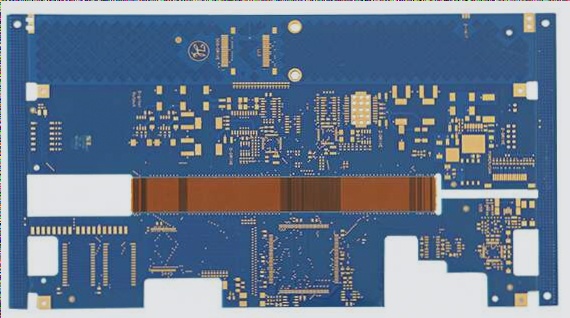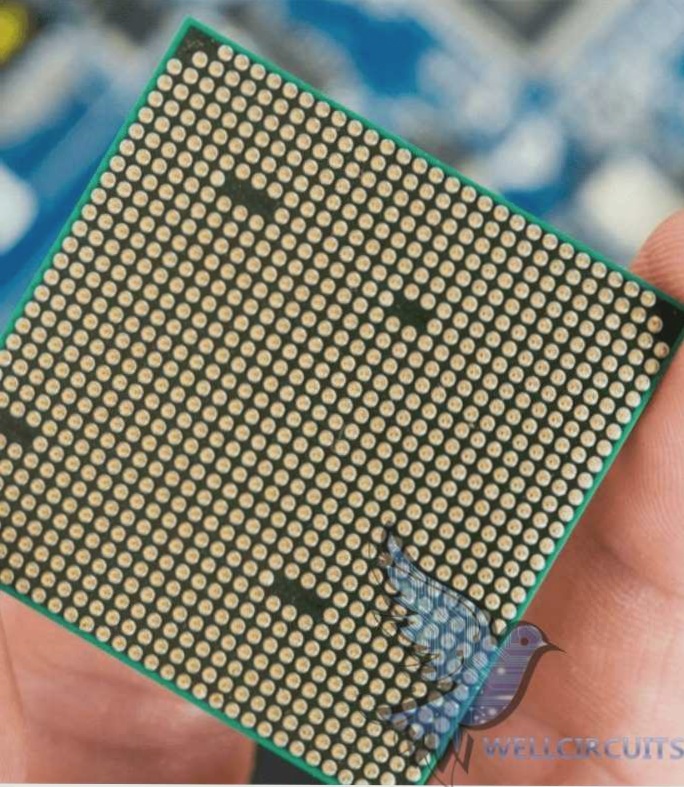Essential Steps for Testing a Soldered Circuit Board
Before powering up a soldered circuit board, it is vital to follow a detailed process to ensure proper functionality. Here are the key steps to take:
1. Verify Connections and Schematic Accuracy
- Check for correct connections and verify the accuracy of the schematic diagram.
2. Assess Power Supply and Network Nodes
- Focus on the power supply of the chip and network node labels to avoid overlapping nodes.
- Check the original package, model, and pin order, especially for non-pin packages.
- Ensure correct wiring and watch out for any incorrect, missing, or excessive wiring.
3. Wiring Checks and Short Circuit Prevention
- Verify wiring according to the circuit diagram or by checking the circuit with the component as the center.
- Prevent short circuits by measuring the input impedance of the power supply before powering on.
4. Debugging and Circuit Protection
- Use a 0-ohm resistor for debugging in the power section.
- Include protection circuits like recovery fuses in the design.
- Properly install polar components and conduct open circuit and short circuit tests.
5. Static and Dynamic Debugging
- Perform static debugging with a DC test before adding signals for dynamic debugging.
- Use instruments to observe and ensure all functional block indicators meet design requirements.
- Make any necessary corrections to circuit parameters based on observations.
By following these steps meticulously, you can ensure the reliability and functionality of your soldered circuit board before applying power.


